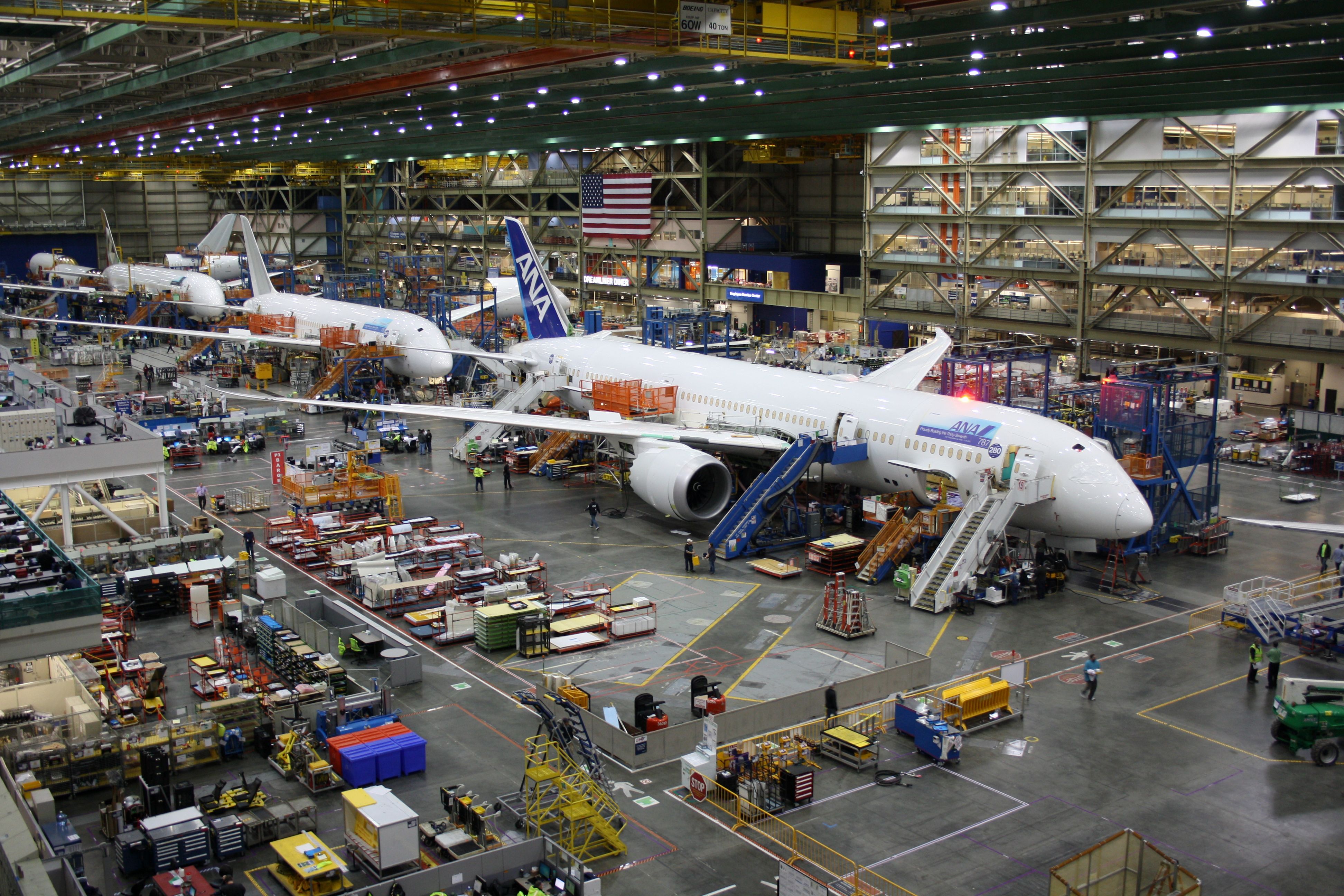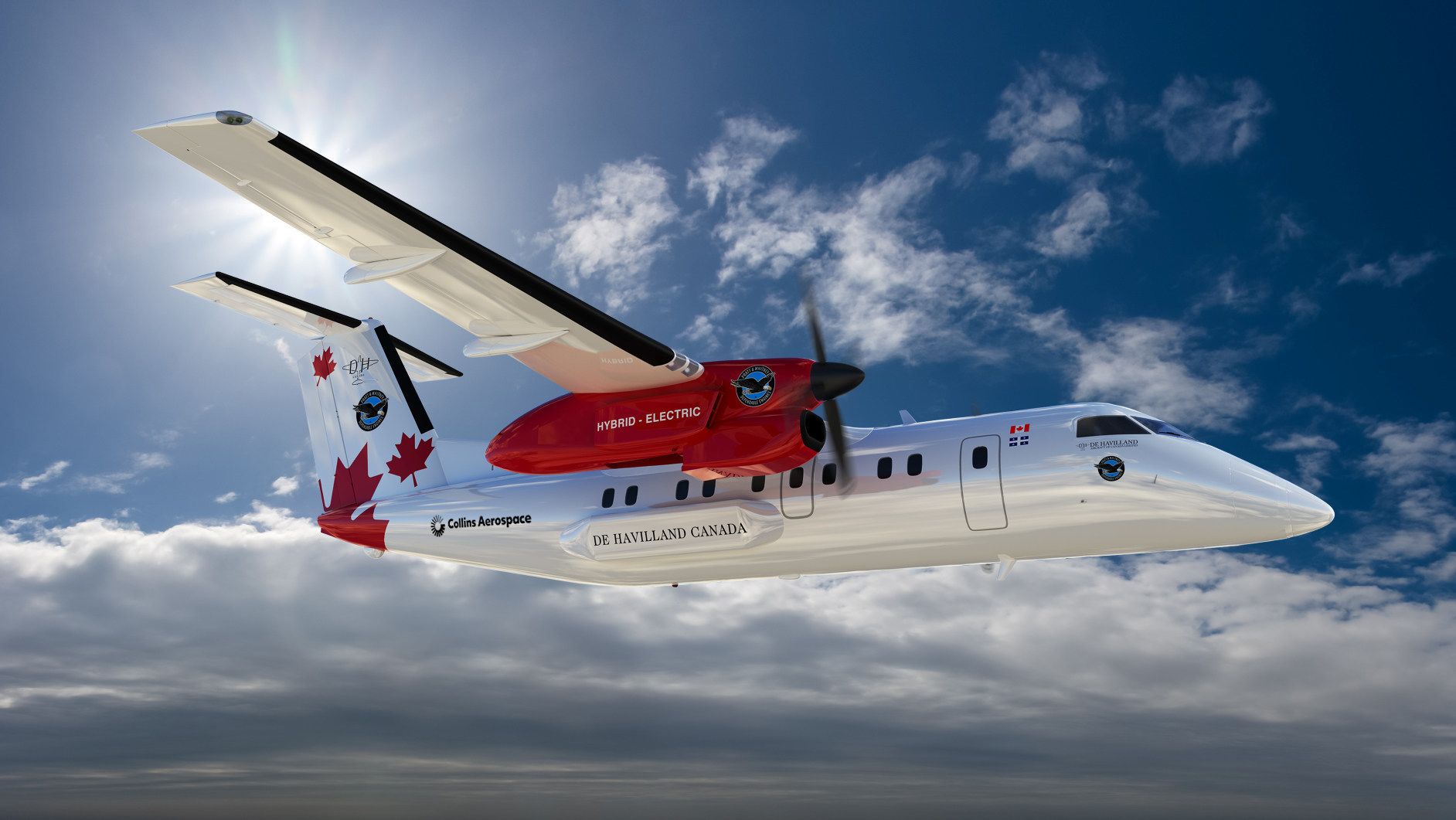Collins Aerospace (Collins), a Raytheon Technologies (RTX) business, is unlocking new technologies to optimize engine operations to reduce carbon emissions in the environment and maintenance costs. The company is eyeing future aircraft that are more electrically powered and are less dependent on fossil fuels. While the aim is no different than that of the aviation industry in general, Collins is replacing more pneumatic systems with state-of-the-art electrical systems in aircraft.
The company plays a significant role in leading the electric evolution in the aviation industry. With decades of expertise and generations of workforce practices in the field, Collins is unlocking new opportunities for more sustainable operation of future aircraft. The company has been spending financial, human, and technological resources on electrifying critical aircraft components and systems that have traditionally been based on hydraulic and pneumatic power. According to the company,
Over the last decade, we've invested $3 billion in advancing our electric architecture and dedicated more than 1,000 engineering resources to developing more electric systems. Add in 70+ years of experience, and no one can match our financial commitment and expertise in this space.
Replacement of traditional systems
Collins is determined to reduce the carbon footprint of the existing aircraft through several different ways. Replacement of hydraulic and pneumatic systems with electrical systems means reduced bleed air and the resultant fuel consumption. For example, the Boeing 787 Dreamliner has a bleed-less electric environmental control system in service. The power source for the air conditioning and the wing anti-ice systems is converted to the electrical source (formerly powered by bleed air).
With the removal of the bleed system, including manifolds and fittings, the overall weight has been minimized, thereby further enhancing fuel efficiency. According to Mike Sinnett, Director of Boeing 787 systems,
One of the advantages of the no-bleed electrical systems architecture is the greater efficiency gained in terms of reduced fuel burn. The 787 systems architecture accounts for predicted fuel savings of about 3%. The 787 also offers operators operational efficiencies due to the advantages of electrical systems compared to pneumatic systems in terms of weight and reduced lifecycle costs.
Hybrid-Electric propulsion systems
Collins and Pratt & Whitney (PW), another RTX business, is combining fuel-burning engines with electrical motors and batteries to form a hybrid-electric propulsion system for future aircraft. Once again, the aim is to minimize the conventional fuel technology and introduce a more environmentally sustainable approach to flying.
The Chief Technology Officer of Raytheon Technologies (RTX), Mark Russel, commented,
Harnessing deep expertise from Pratt & Whitney, Collins Aerospace, and Raytheon Technologies Research Center in the fields of both aircraft propulsion and electrical systems, RTX is leading the development of hybrid-electric technology through multiple demonstration programs, including STEP-Tech.
Interested in similar content? Check out our complete guides section.
Collins is collaborating with industry partners to drive innovations in hybrid-electric propulsion systems and embracing the latest advancements in the application of hydrogen-based technologies and sustainable aviation fuels.
What are your thoughts on the component replacement techniques employed by Collins? Tell us in the comments section.



